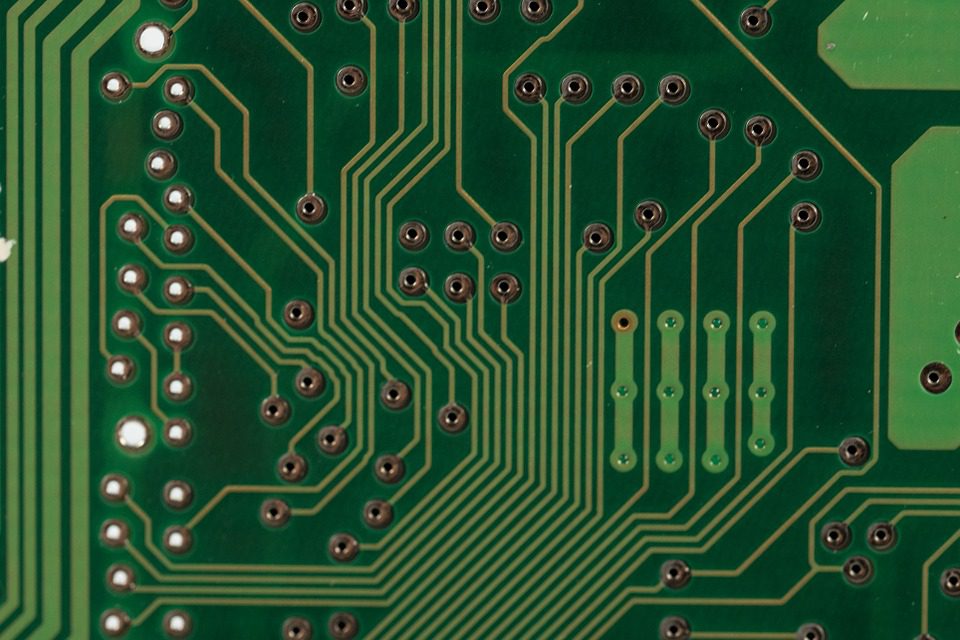Designers of printed circuit boards usually generate a prototype board before embarking on full-scale PCB manufacturing. Typically, multiple prototype runs are included in the development of the final fabricated PCB.

(Pixabay / blickpixel)
Prototypes are typically developed for limited-function boards. The purpose behind the prototypes is to test out single functions in the design stage before pushing the button on the production of a more complex finished product. They let you see if a board will function as intended. If you fail to test individual functions, there are big risks with forging ahead with more complex PCB designs.
PCB prototyping does not need to be a time-consuming and cumbersome process. It should be user-friendly for quick and efficient testing. And prototyping is not necessary for every type of board. If an electronic device has been successfully produced using a particular board design, there is no need to create a prototype before starting a production run. Prototypes, however, will be needed when there are design changes or when creating an entirely new PCB design.
Preparing for a prototype
To create a PCB prototype for new board design, you will need to give some important information to the designer. This includes:
- Thickness and dimensions of the board
- Thickness and weight of copper plating
- Number of layers for the PCB
- Hole size
- Minimum size of padding surrounding the via (annular ring)
- Finishing material specifications
- Minimum tracing and spacing requirements
- Soldermask specifications
- Silkscreen color and legend
- Drilling specifications and tool list
Let the process begin
The PCB prototyping process extends from the creation of the design up to the testing process. Once the prototype is designed, manufactured and assembled, it prototype can be tested. This testing process should reveal design flaws and/or affirm that the prototype is functioning as intended. Sometimes multiple prototypes will be created. In this case, you should run identical tests on the boards, comparing results after each test. The tests should model the exact conditions under which the boards will operate. If possible, they should be tested in the context of the actual device where they will be used.
When problems occur while running the tests, they should be immediately remedied, even if this means going back to the drawing board and making a new prototype. There’s always a rush for that full production run, but it pays dividends to hold off until the prototype testing is complete, all errors are addressed, and the customer is completely satisfied.
